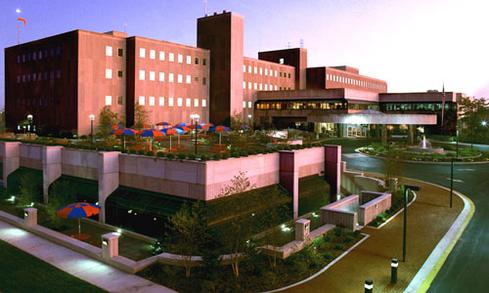Community Hospital used EMR, video surveillance, and real-time tracking technology to isolate the first known US case of the potentially deadly virus.


20 Tests Healthcare CIOs Must Juggle
20 Tests Healthcare CIOs Must Juggle (Click image for larger view and slideshow.)
When a patient at Indiana's Community Hospital tested positive for MERS, the healthcare provider's combination of technologies and best-practices ensured the potentially deadly virus did not spread to other patients, employees, or the community.
Despite being the first US encounter with MERS -- Middle East Respiratory Syndrome -- this is not the Munster, Ind., hospital's first brush with a highly contagious respiratory infection. The 427-bed facility, which usually runs at 100% capacity, has a department dedicated to infectious diseases, said Dr. Alan Kumar, chief medical information officer, in an interview. This team stays current on best-practices across the country and world, and ensures any contagious patients remain isolated.
So when a patient arrived from Saudi Arabia with symptoms of MERS, including severe fever, cough, and shortness of breath, Community Hospital relied on its standing procedures and policies, plus various technology investments, to prevent the infection from spreading, Dr. Kumar told us. About half the people infected with MERS die from the disease, which was discovered in 2012, according to the World Health Organization. To date, approximately 401 people have been infected, the Centers for Disease Control and Prevention reports.
[Industry groups try to clarify murky telemedicine rules. See Telemedicine Guidelines Tackle Patient Safety, ICU Operations.]
Community Hospital's technology investments helped prevent that number from growing. Staff, patients, and visitors wear badges equipped with real-time locating system (RTLS) technology. Developed by Versus Technology, the RTLS badges allowed Community Hospital to quickly identify who had come into contact with the infected patient and test them for MERS, said Dr. Kumar.
All 50 individuals tested negative, but the hospital sent them home for 14 days, where they are checked daily, said Don Fesko, CEO of Community Hospital, at a news conference on May 5. They are not contagious to family, and the CDC had said they could return to work, if masked, but the hospital opted to be overly cautious, said Dr. Kumar. After two weeks they'll be retested; if, as expected, they test negative, they can return to work, he noted.
In addition to the RTLS system, Community Hospital relied on its electronic medical records to determine who had visited or assisted the infected patient, Dr. Kumar said.
"Every interaction with a patient is logged into the EMR. We keep an active log of every interaction -- even when housekeeping goes into a room, just to keep a running flow. When you run this many beds, you need a very sophisticated flow dynamic system."
The hospital also checked its video surveillance system, installed as additional security for staff, visitors, and patients, to ensure it had not missed anyone potentially at risk of infection, said Dr. Kumar.
"Our hospital has very stringent standard protocols for any patient with infectious diseases. We do frequent education and frequent checks. That's the best way to prevent infections from spreading."
As a result of its success in limiting the first known case of MERS to reach the US, Community Hospital and the CDC are working on a paper to share best-practices with other hospitals and practices, according to Dr. Kumar.
Mobile, cloud, and BYOD blur the lines between work and home, forcing IT to envision a new identity and access management strategy. Also in the The Future Of Identity issue of InformationWeek: Threats to smart grids are far worse than generally believed, but tools and resources are available to protect them. (Free registration required.)
About the Author(s)
You May Also Like







